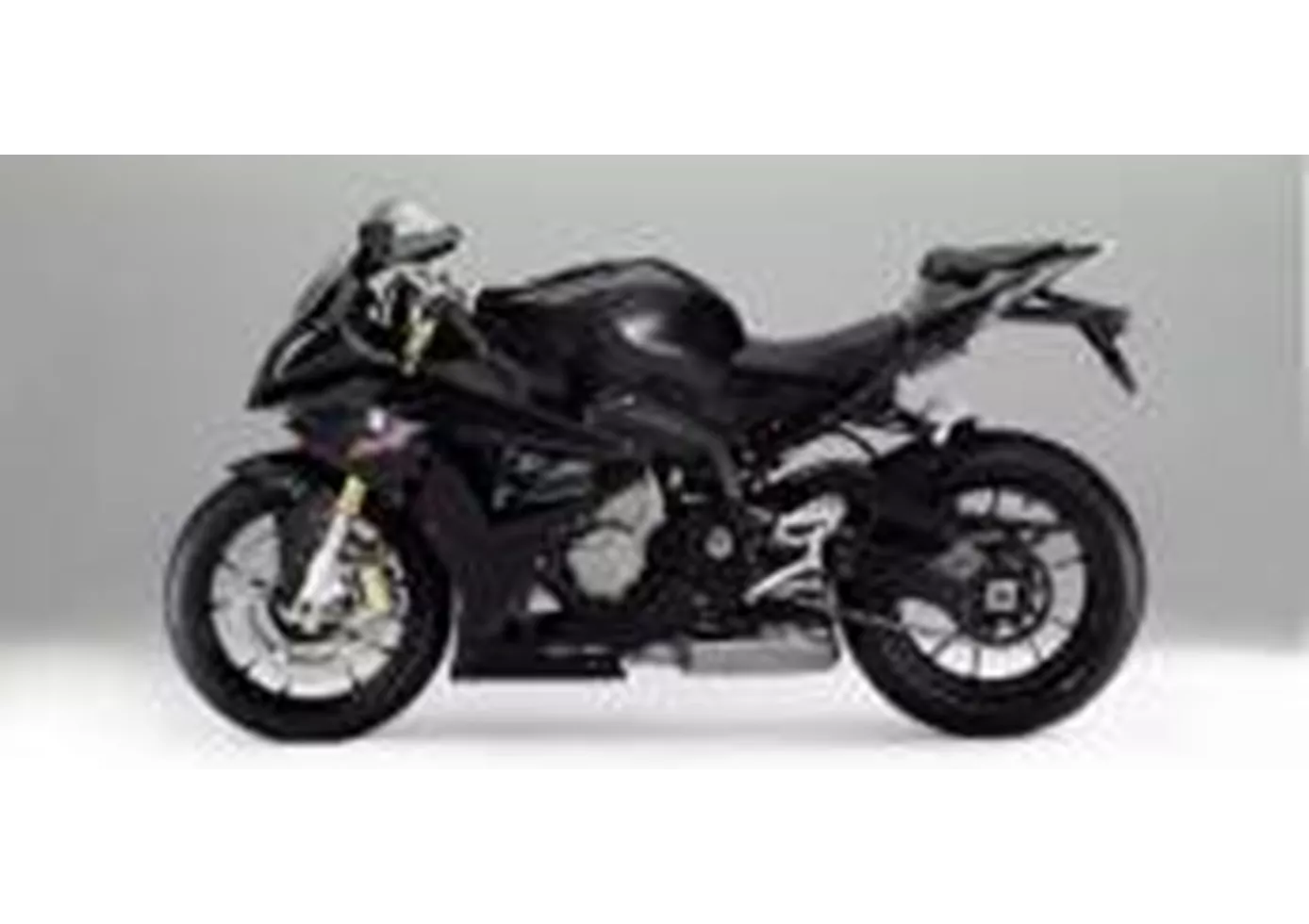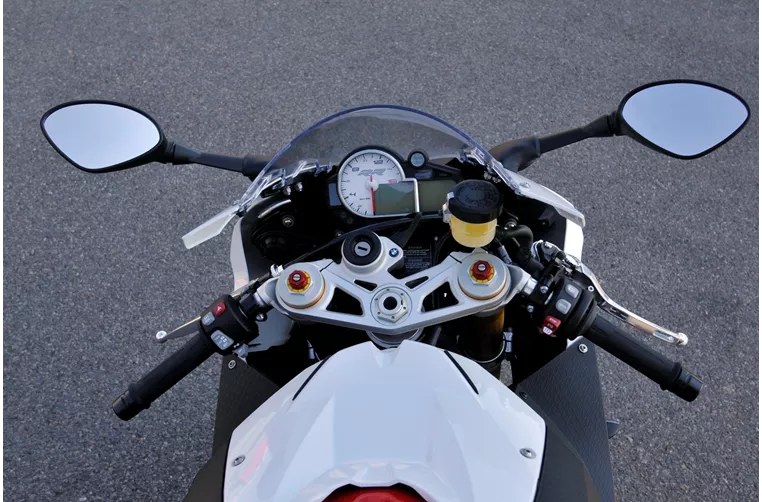Yamaha R1 2016 vs. BMW S 1000 RR 2014

Yamaha R1 2016

BMW S 1000 RR 2014
Overview - Yamaha R1 2016 vs BMW S 1000 RR 2014
The Yamaha R1 model year 2016 and the BMW S 1000 RR model year 2014 are both powerful and high-performance supersport motorcycles. However, there are some key differences between the two models.
In terms of engine specifications, the Yamaha R1 2016 has a bore of 79 mm and a stroke of 50.9 mm, while the BMW S 1000 RR 2014 has a slightly larger bore of 80 mm and a stroke of 49.7 mm. The Yamaha R1 has a higher engine power of 200 HP compared to the BMW S 1000 RR's 192 HP. Both bikes have a similar torque output, with the Yamaha R1 producing 112.4 Nm and the BMW S 1000 RR producing 112 Nm. Both models have a compression ratio of 13 and are equipped with a 4-cylinder engine. The Yamaha R1 has a displacement of 998 ccm, slightly smaller than the BMW S 1000 RR's 999 ccm.

Yamaha R1 2016
In terms of suspension, the Yamaha R1 2016 features an Upside-Down telescopic fork at the front, while the BMW S 1000 RR 2014 has a telescopic fork. Both models have an aluminum frame, with the Yamaha R1 utilizing a Deltabox frame and the BMW S 1000 RR featuring a Twin Tube frame.
Both bikes are equipped with double disk brakes at the front. They also have the same front and rear tire dimensions, with a width of 120 mm and a diameter of 17 inches. The wheelbase of the Yamaha R1 is slightly shorter at 1405 mm compared to the BMW S 1000 RR's 1432 mm. The seat height of the Yamaha R1 is higher at 855 mm, while the BMW S 1000 RR has a lower seat height of 820 mm. The Yamaha R1 weighs 199 kg, slightly lighter than the BMW S 1000 RR's 207 kg. Both models have a fuel tank capacity of around 17 liters.
In terms of strengths, the Yamaha R1 2016 is praised for its lively handling, high-revving and precisely controllable engine, and excellent electronics package. On the other hand, the BMW S 1000 RR 2014 is known for its powerful engine, superior electronics package, superb shift assistant, and versatility for both track and road use. Despite its high performance, the BMW S 1000 RR is also considered easy to ride.

BMW S 1000 RR 2014
However, the Yamaha R1 2016 does have a weakness in that its shift assistant is only available for upshifting. On the other hand, the BMW S 1000 RR 2014 has a higher price for the fully equipped version and can be a bit tricky to handle at high speeds. Additionally, the packages offered by BMW are often focused on profit maximization rather than customer benefits.
In conclusion, both the Yamaha R1 2016 and the BMW S 1000 RR 2014 are formidable supersport motorcycles with their own unique strengths and weaknesses. The Yamaha R1 offers lively handling and a high-revving engine, while the BMW S 1000 RR provides a powerful engine and a versatile riding experience. Ultimately, the choice between the two models will depend on individual preferences and priorities.
Technical Specifications Yamaha R1 2016 compared to BMW S 1000 RR 2014
Pros and Cons in comparison
Pros and Cons in comparison
Yamaha R1 2016

Yamaha's high-tech rocket is still a technological leader in 2016. Radical, polarising and fascinating, it sets powerful lap times. It is closer to the race bikes than the other 1000s. In the meantime, no one grumbles about the front. Without the "M", it is the best choice for those who don't need Öhlins anyway, or the best choice for those who are planning a racetrack conversion anyway and like to install "normal" Öhlins hardware without electric stuff.
BMW S 1000 RR 2014

BMW S 1000 RR 2015 buyers are closer than ever to a World Superbike Championship machine and will be able to ride it faster than ever before.
Price Comparison Avarage Market Price Yamaha R1 vs BMW S 1000 RR
There are a few key differences between a Yamaha R1 2016 and a BMW S 1000 RR 2014. There are the same number of bikes of both models available on the 1000PS.de marketplace, specifically 6. It takes less time to sell a BMW S 1000 RR with 56 days compared to 73 days for the Yamaha R1. Since model year 2005 1000PS.de editors have written 80 reviews for the Yamaha R1 and 135 reviews for the BMW S 1000 RR since model year 2010. The first review for the Yamaha R1 was published on 4/28/2003 and now has more than 3,900 views. This compares to more than 4,000 views for the first review on BMW S 1000 RR published on 4/16/2008.




















